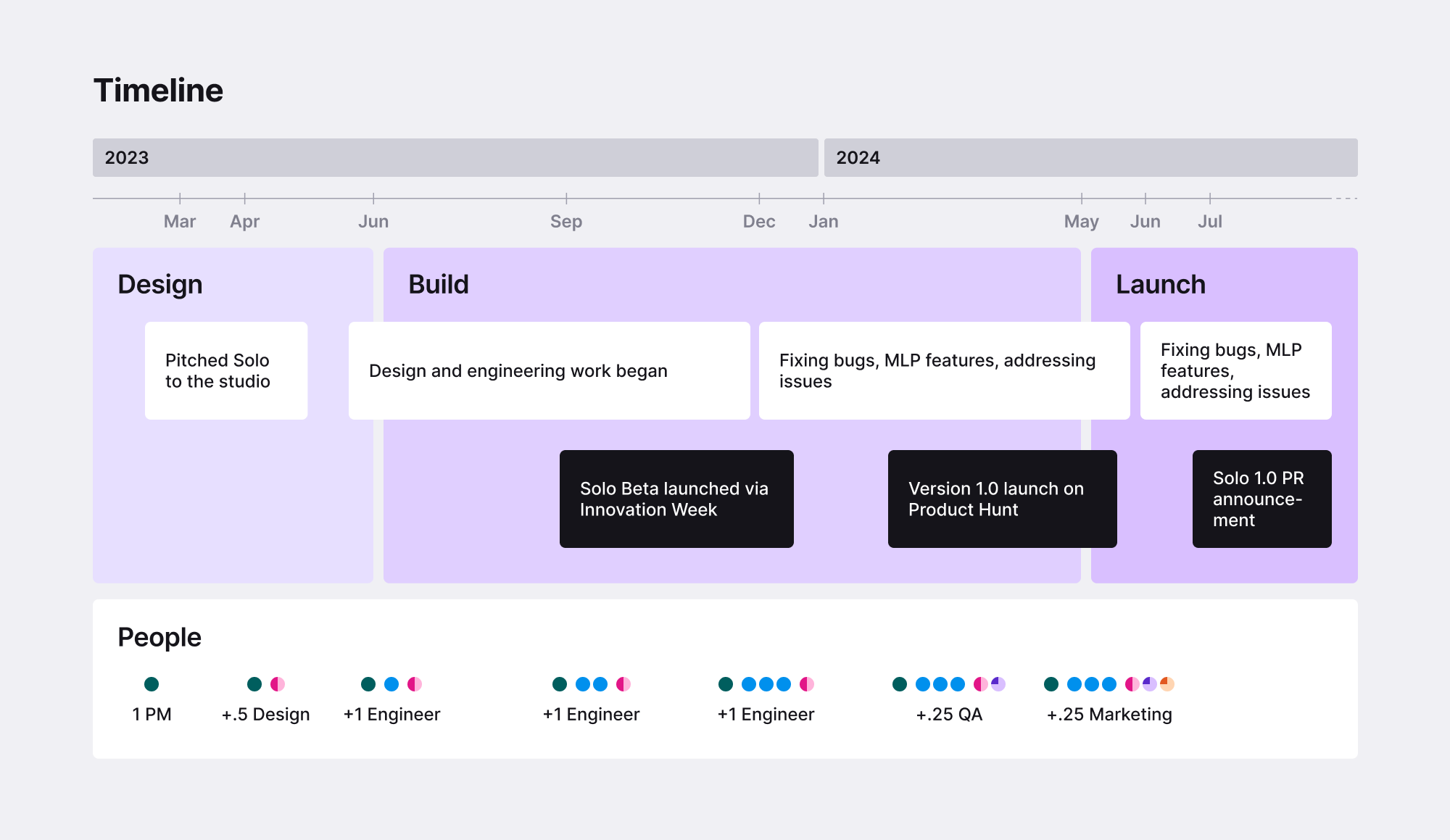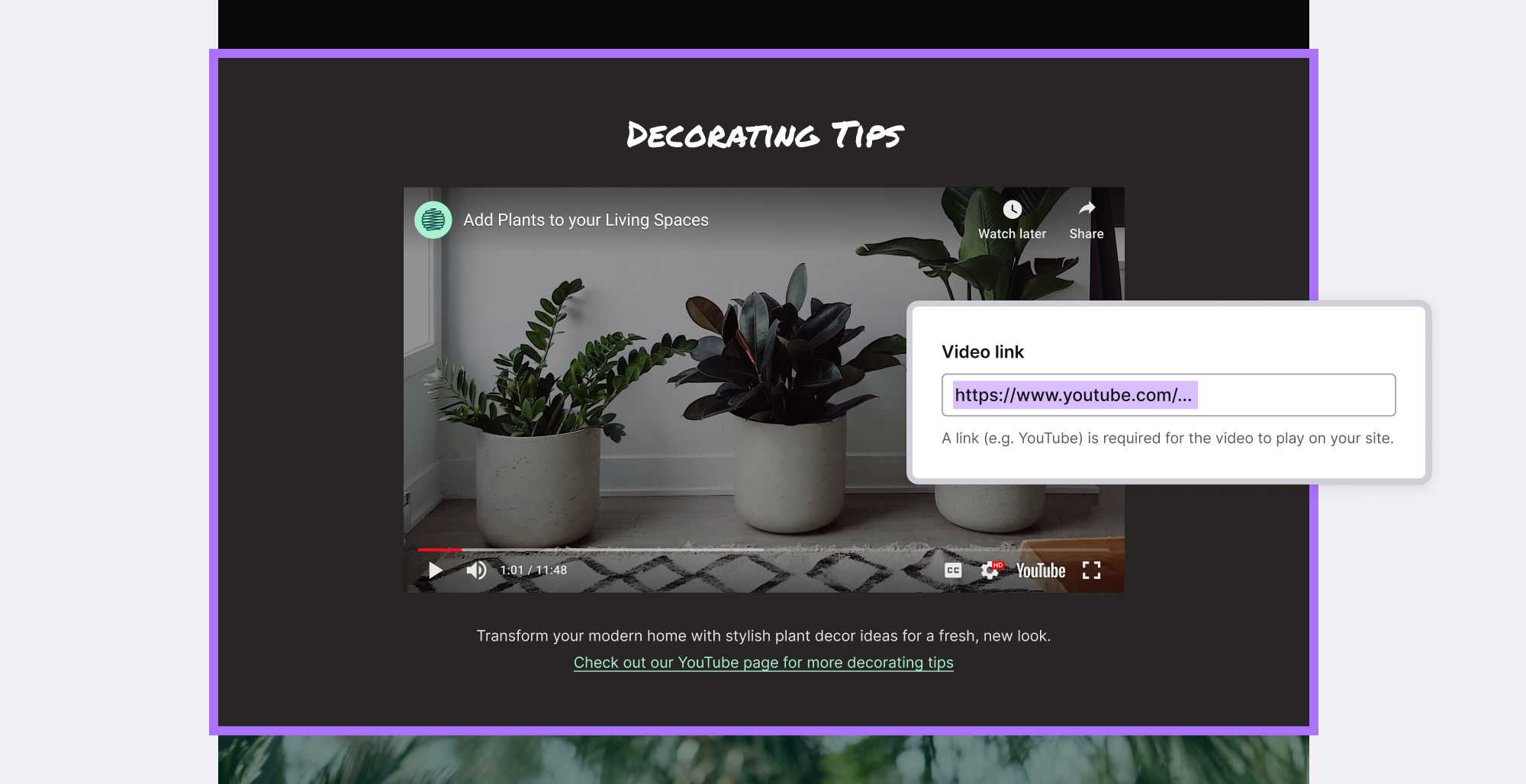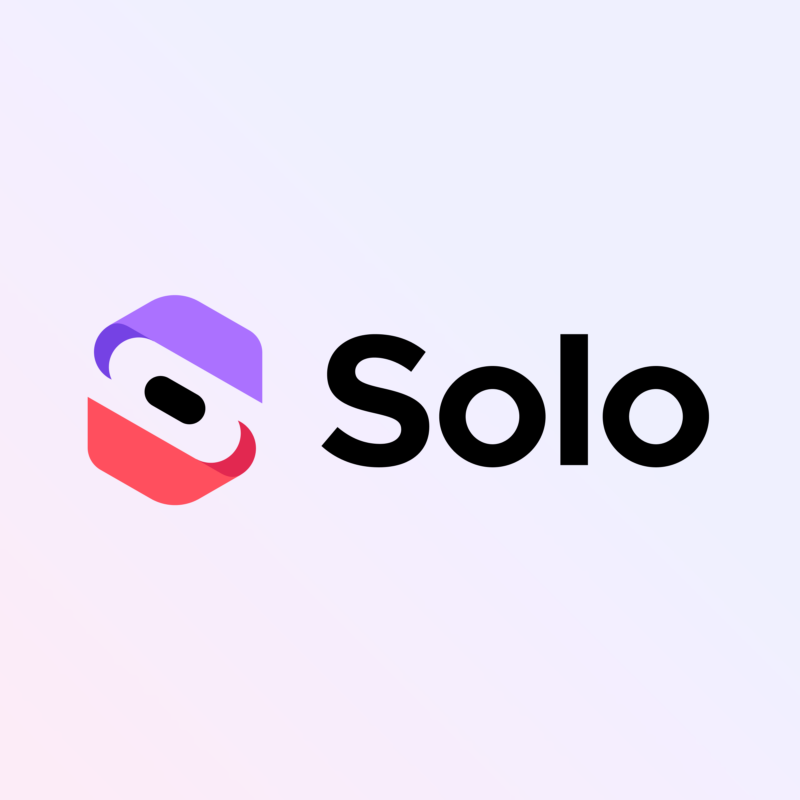
In the world of entrepreneurship, one business owner’s journey proves the power of simple technology.
And group chats.
When Richelle Samy founded Culture of Stamina, a coaching service, she set out to create an online presence that was elegant and professional. She found what she was looking for when a group chat led her to Solo, Mozilla’s AI website creator for solopreneurs. After a few clicks using Solo’s generative AI (GenAI) tools, Richelle had a website for her brand with bold, sharp text and colors that perfectly captured her vision.
For Richelle, Solo enables her to focus more on empowering and training her clients instead of spending hours on her website. Other website builders weren’t as easy.
“Those tools are really nice, but I feel like you need a little bit of knowledge of what you want to do and how you want to put things together,” she recalled. “Whereas with Solo, I knew I was looking for a window for my business for people to contact me, and I only wanted a couple of pages. It was very easy to use something that was already pre-made, versus something I had to do from scratch.”
When Mozilla launched Solo in December, we were curious to see how people like Richelle would receive GenAI with website creation. Six months into this journey, we’re happy with the progress, and it’s time to reflect on what we’ve accomplished and learned along the way. We talked with the head of Solo at Mozilla, Raj Singh, about the AI website creator, its journey since the early stages, how it’s disrupting itself in the $2.1 billion website builder software industry with free custom domains and much more. Below is a snippet of our conversation. For the entire interview, follow along at our Innovations Projects blog.
To start, let’s talk about the first few months of Solo since its Beta launch in December. How big is the team, and how many websites have been published?
Solo started in May of last year with just myself and a part-time designer. We built a lightweight, clickable prototype and technical implementation to test whether generative AI could really work for website authoring. We also spent significant time surveying the broader landscape to make sure we had something that could differentiate and compete in an entrenched market.

After initial validation, we added one engineer and started the development process in June. By September, we had our first iteration that could create a website for a solopreneur with just a few simple inputs, and from there, we continued to refine the user experience. In October, we released an internal beta, and then in December, we launched our beta publicly.
Since then, our team within the Mozilla Innovation Projects group grew during this journey from just an engineer, a part-time designer and me, to three engineers, a part-time designer, myself and other part-time resources to support us.
We launched Solo 1.0 this past month, and in that period since beta, we’ve seen over 7,000 published websites across industries, from pool cleaners, to coaches, to immigration consultants.
When we started, our goal was to make it simple for non-technical solopreneurs to build their web presence and grow their business, and we believe we have accomplished the first step.

How do you compete with Solo in such a crowded market? How are you making Solo free?
When we initially conceptualized Solo, marrying GenAI with the service provider segment was an insertion point. Since then, and as expected, the incumbents have also built GenAI capabilities and improved their user experiences for the service provider audience.
In this situation, where we are the underdog, my approach is to look for maximum disruption, and we landed at the business model. Every competitor — that we are aware of, at least — charges for connecting and hosting your custom domain. This makes sense – 20 years ago, bandwidth wasn’t cheap and SSL (Secure Sockets Layer) certificates that enable an encrypted web connection cost money. Today, the former is near zero and the latter is zero.
We asked, “What if we just made this free?” This would be very disruptive, so this is exactly what we are doing. Not only is it disruptive, but democratizing the category is also in line with our mission to increase access to the web. We are making web hosting and connecting your custom domain free, similar to how Robinhood disrupted brokerages by eliminating trading fees. Many do not launch their website because they can’t afford or don’t yet have enough business to justify the cost. It also doesn’t help that many of these incumbents rely on hidden upsells and next thing you know, you’re spending $100 a month for your dog walking service. In this way, Mozilla continues to be a global public resource looking out for the interests of people.

How is it building Solo, a new product at Mozilla?
Building a new product at Mozilla, also known as zero to one, and probably any large organization, has challenges. I come from a startup background, so this is my comfort zone and I have some principles I generally abide by.
First, it’s important to be the top advocate for the product. This can be hard because things will pull you in different directions, whether other initiatives, shiny objects or your own self-doubt. Second, adopt the tools you need and optimize on speed — it’s easy to get stuck in administrative stuff. Third, resourcing can be slow, so optimize on generalists and make sure everyone is comfortable with grunt work. Fourth, make product decisions — many of them one-way — quickly. There’s just not enough time to get consensus or have everything be data-driven at the onset. The last thing is to take agency when you can. The five minutes here, the half day there, the follow-up meeting tomorrow cause delays and they compound.
Can you share details about how Solo fits into Mozilla’s overall mission?
In many ways, Mozilla has been at the intersection of the internet and the interests of the people, as opposed to big tech. With Solo, we are squarely within this vision. We are democratizing access to the web for solopreneurs, and we’re increasing equity by helping those that can’t afford to host their websites in emerging markets, or where English isn’t their first language, with writing, designing and curating their content.
For the entire interview, follow along at our Innovations Projects blog.

Ready to start creating?
Launch your websiteThe post How Mozilla’s AI website creator, Solo, is shaking up a $2.1B industry appeared first on The Mozilla Blog.